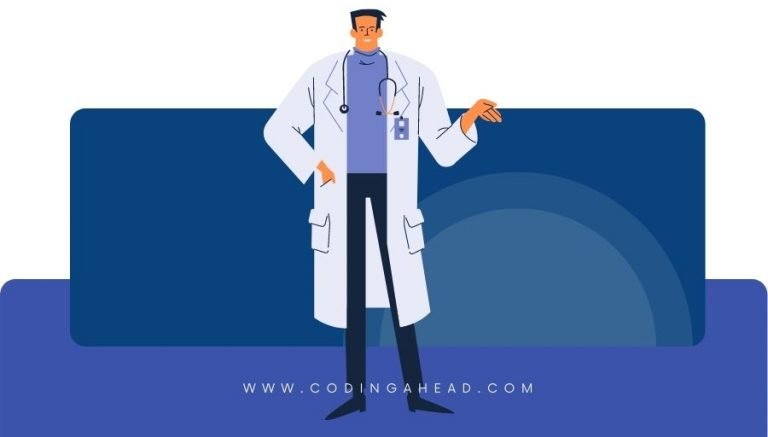How To Use CPT Code 21360
CPT code 21360 describes the open treatment of a depressed malar fracture, including the zygomatic arch and malar tripod. This article will cover the description, procedure, qualifying circumstances, appropriate usage, documentation requirements, billing guidelines, historical information and billing examples.
1. What is CPT Code 21360?
CPT 21360 is used to describe the open treatment of a depressed malar fracture, specifically involving the zygomatic arch and malar tripod. This code is used when a healthcare provider repairs a fracture of the cheekbone caused by blunt force trauma. The procedure involves accessing the fracture through a skin incision and realigning the bones to their proper position.
2. Official Description
The official description of CPT code 21360 is: ‘Open treatment of depressed malar fracture, including zygomatic arch and malar tripod.’
3. Procedure
During the procedure for CPT 21360, the healthcare provider follows these steps:
- The patient is appropriately prepped and anesthetized.
- An approximately 3 cm incision is made above the malar bone (cheekbone).
- The provider dissects through the tissue to the superficial temporal fascia and the temporalis muscle fascia down to the zygomatic arch.
- A periosteal elevator is used to lift and separate tissue flaps, including the periosteum (membrane covering the bone).
- The provider places the periosteal elevator beneath the zygoma and reduces, or realigns, the fracture using manipulation until the bones are in the proper position.
- The area is irrigated, checked for bleeding, and any instruments are removed.
- The incision is closed.
4. Qualifying circumstances
CPT 21360 is used for patients with a depressed malar fracture, which is a fracture of the cheekbone caused by blunt force trauma. The procedure specifically involves the zygomatic arch and malar tripod. This code should only be used when the provider is performing an open treatment for this specific type of fracture.
5. When to use CPT code 21360
CPT code 21360 should be used when a healthcare provider is performing an open treatment for a depressed malar fracture, including the zygomatic arch and malar tripod. It is important to ensure that the procedure being performed matches the description provided by the code. If the procedure does not involve the specific structures mentioned, a different code should be used.
6. Documentation requirements
To support a claim for CPT 21360, the healthcare provider must document the following information:
- Patient’s diagnosis of a depressed malar fracture
- Description of the procedure performed, including the specific structures involved (zygomatic arch and malar tripod)
- Date of the procedure
- Details of the incision and dissection
- Method used for realigning the fracture
- Confirmation of irrigation, absence of bleeding, and removal of instruments
- Details of the closure of the incision
7. Billing guidelines
When billing for CPT 21360, ensure that the procedure performed matches the description provided by the code. It is important to accurately document the details of the procedure to support the claim. There are no specific guidelines regarding reporting CPT 21360 with other codes.
8. Historical information
CPT 21360 was added to the Current Procedural Terminology system on January 1, 1990. There have been no updates to the code since its addition.
9. Examples
- A patient sustains a depressed malar fracture due to a fall. The healthcare provider performs an open treatment, including the zygomatic arch and malar tripod, to realign the fractured bones.
- Following a car accident, a patient presents with a depressed malar fracture. The healthcare provider performs an open treatment, accessing the fracture through a skin incision and manipulating the bones back into their proper position.
- A patient is involved in a physical altercation and suffers a depressed malar fracture. The healthcare provider performs an open treatment, including the zygomatic arch and malar tripod, to repair the fracture.
- During a sporting event, a player is hit in the face and sustains a depressed malar fracture. The healthcare provider performs an open treatment, accessing the fracture through a skin incision and realigning the bones.
- A patient is involved in a workplace accident and suffers a depressed malar fracture. The healthcare provider performs an open treatment, including the zygomatic arch and malar tripod, to repair the fracture.


